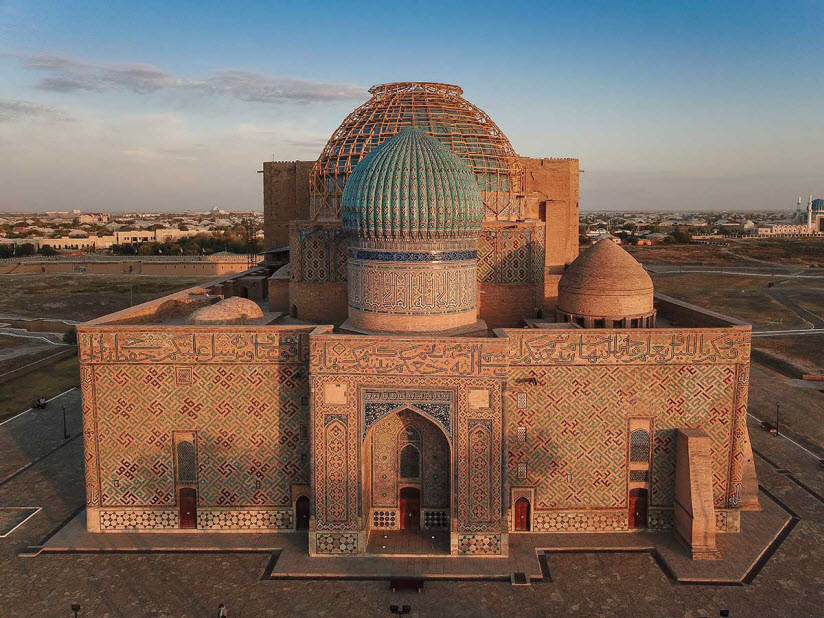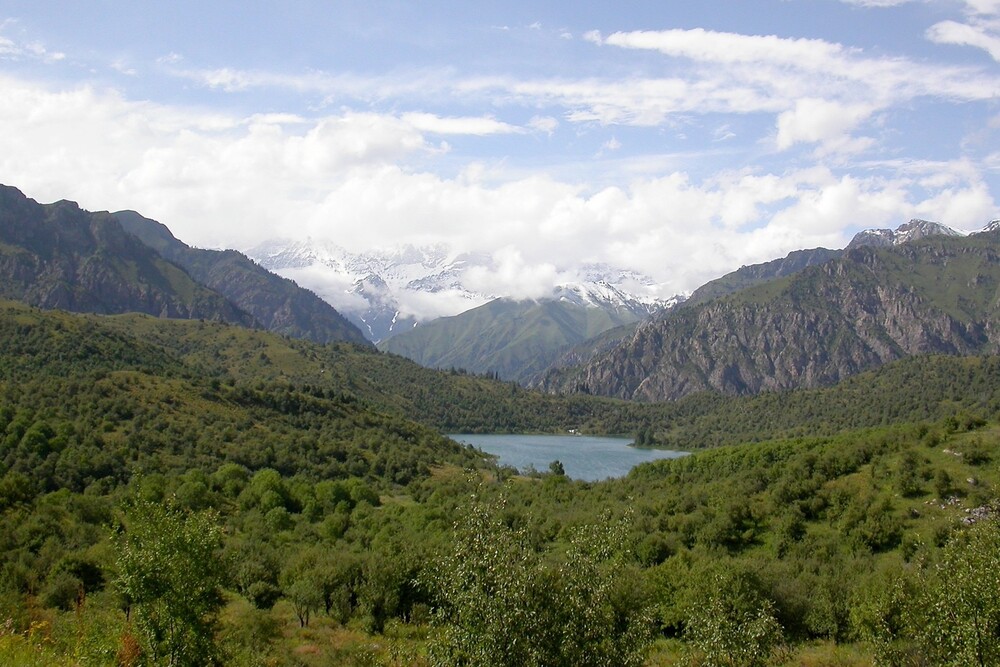ASTANA — Countries within the Turkic world demonstrate a keen interest in preserving and promoting their common historical and cultural heritage. This is reflected in various initiatives, including the formation of a list of historical and cultural heritage sites for inclusion in the United Nations Educational Scientific and Cultural Organization’s (UNESCO) World Heritage List, as discussed at the Baku international conference on March 14, according to Kazinform.

The Khoja Ahmed Yasawi mausoleum. Photo credit: Kazakhtourism
An international conference, titled Study and Preservation of the Historical and Cultural Heritage of the Turkic World from the Perspective of UNESCO was organized by the Turkic Academy, the Turkic Culture and Heritage Foundation, and the National Commissions for UNESCO of Azerbaijan and Türkiye. It hosted important discussions regarding the protection, restoration, and popularization of historical and cultural monuments and heritage objects.
“The Turkic world has a very rich heritage, both tangible and intangible. Unfortunately, ensuring this heritage is passed on to future generations remains a pressing challenge for all of our people. The world must know about the rich cultural heritage of our peoples. Unfortunately, many of these heritage objects are not yet included in the UNESCO list,” said the Secretary-General of the Organization of Turkic States (OTS) Kubanychbek Omuraliev.
According to Omuraliev, while 57 objects in China and 52 in France are currently included on the UNESCO list, the Turkic world has only 47 listed objects.

Cold Winter Deserts of Turan. Photo credit: Maria Gritsyna
Kazakhstan has made a significant contribution to the international recognition of Turkic cultural heritage by including six objects in the World Heritage List. Notably, three of these sites are transboundary: the Mausoleum of Khoja Ahmed Yasawi in Turkistan, the Tanbaly Petroglyphs, the Saryarka – Steppe and Lakes of Northern Kazakhstan, Silk Roads: the Routes Network of Chang’an-Tianshan Corridor (with China and Kyrgyzstan), Western Tien-Shan (with Kyrgyzstan and Uzbekistan), and the Temperate Desert of the Turan Plateau (with Turkmenistan and Uzbekistan).
Türkiye has 21 objects on the UNESCO World Heritage List. Uzbekistan has also made its mark, with seven objects listed, three of which are transboundary.

Western Tien-Shan.
Photo credit: Mambetaliyev U.
Azerbaijan has five sites on the list, including one transboundary site. Similarly, the Kyrgyz Republic boasts three objects on the list, two of which are transboundary.
President of the International Turkic Academy and Professor Shahin Mustafayev emphasized that the academy is seeking how to create common platforms and mechanisms for cooperation.
“Through joint efforts, we must preserve and promote our heritage and strive to have it included in the UNESCO World Heritage List. Many projects are being implemented in this direction and extensive work is being done in various areas. Today’s conference will facilitate our further cooperation,” he said.


